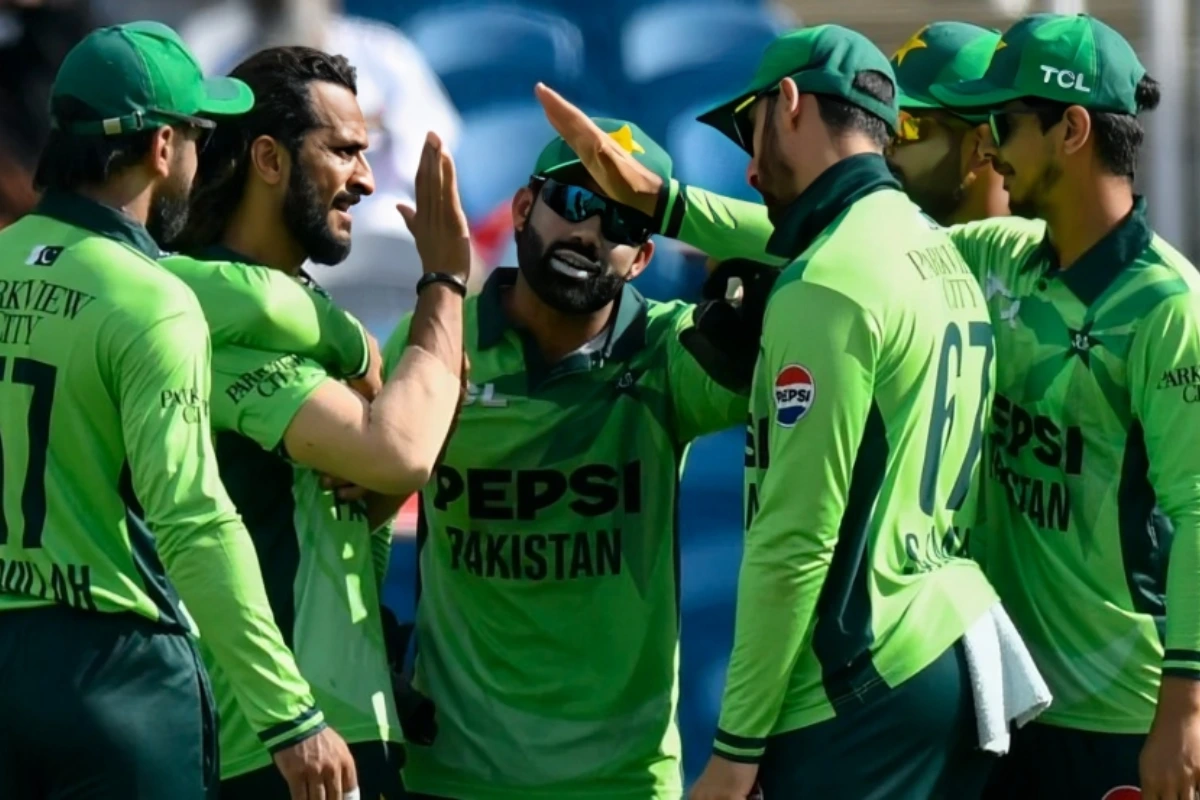Introduction
The Pakistan Cricket Board (PCB) has once again made headlines by announcing its central contracts for the 2025–26 season. But this time, the announcement has sent shockwaves across the cricketing community—no player has been placed in Category ‘A.’. Yes, you read that right. The top tier, which has traditionally been home to Pakistan’s biggest stars, now stands empty. This move has sparked heated debates, raised eyebrows, and left fans questioning the PCB’s motives.
What Are Central Contracts in Cricket? 🤔
Definition and Purpose
Central contracts are formal agreements between a cricket board and its players. They guarantee players a fixed annual income along with match fees, bonuses, and other benefits.
Importance for Players and Board
For players, these contracts provide financial stability and recognition. For the board, they help in retaining talent, ensuring discipline, and managing workload. Without them, cricket could turn into chaos.

Historical Context of PCB Central Contracts 📅
Over the years, PCB has frequently revised its contract system. The system has changed from underpaying players in the early 2000s to implementing performance-based contracts in the 2010s. But controversies have never been far away. Fans often accuse PCB of favoritism, while players demand fair treatment.
Key Highlight: No Players in Category ‘A’ 🚨
What Category ‘A’ Means
Category ‘A’ is the highest-paying and most prestigious tier in Pakistan cricket contracts. Only the cream of the crop—players like Babar Azam, Shaheen Afridi, or Rizwan—usually find their names here.
Why This Decision is Shocking
Leaving this category blank is unprecedented. It almost feels like PCB is saying, “No player currently deserves the highest honor.” That’s a massive statement.
Breakdown of Categories B, C, and D 📊
While no one is in Category ‘A,’ other categories remain filled:
- Category B: Established stars still in form.
- Category C: Consistent performers and rising players.
- Category D: Fringe players, mostly backups or developing talent.
The financial gap between these categories is significant, which makes the exclusion from Category ‘A’ sting even more.
Impact on Star Players 🌟
Imagine being Babar Azam, Pakistan’s batting maestro, and not finding your name in the top tier. The leader of the bowling assault, Shaheen Afridi, is no different. Even Mohammad Rizwan, hailed as one of the best wicketkeeper-batters globally, has been excluded. This raises questions: Is PCB undervaluing its heroes? Or are they raising the bar too high?
Reactions from Players and Fans 🎤
The announcement set social media ablaze.
- Some fans praised PCB for “keeping players grounded.”
- Others called it “an insult to legends.”
- Rumors suggest that some players expressed disappointment privately, though official statements are scarce.
Financial Implications 💰
Without Category ‘A’ contracts, PCB saves a chunk of money. But this comes at the cost of player morale. While match fees and bonuses remain, the lack of top-tier salaries may impact loyalty and motivation.
Comparisons with Other Cricket Boards 🌍
- The BCCI (India) consistently guarantees that its superstars, such as Rohit and Kohli, are in Grade A+.
- ECB (England): Has a structured pay system with guaranteed top earners.
- CA (Australia): Balances contracts between red-ball and white-ball specialists.
Pakistan’s decision looks like a sharp deviation from global trends.
Possible Reasons Behind PCB’s Bold Move 🕵️
- Performance-Based Contracts: PCB felt no player performed consistently enough.
- Accountability and Discipline: A way to keep players hungry for success.
- Political and Financial Pressures: Budget constraints may have forced PCB’s hand.
Impact on Pakistan Cricket’s Morale 🏟️
Inside the dressing room, this could be a double-edged sword. Younger players may feel motivated, but seniors might feel disrespected. A potential divide between senior and junior cricketers is something PCB must carefully handle.
Potential Benefits of This New System ✅
- Encourages meritocracy.
- Pushes players to perform consistently.
- Saves financial resources for grassroots development.
Risks and Drawbacks ⚠️
- Players may seek opportunities in T20 leagues instead of national duty.
- Senior players could feel demotivated.
- The international image of Pakistan cricket could take a hit.
Expert Opinions and Analyst Views 📢
Former cricketers have mixed views. Some say it’s a bold step toward accountability. Others believe PCB is alienating its stars. Analysts argue that PCB must balance discipline with recognition or risk losing its best talent.
Future of Pakistan Cricket Under This Policy 🔮
In the short term, expect unrest and debate. Long-term, if handled well, this could revolutionize Pakistani cricket. But if mishandled, it may cause friction and even player exits.
Conclusion ✍️
The PCB’s central contracts for 2025–26 mark a turning point in Pakistan cricket. With no players in Category ‘A’, the message is clear: perform or perish. Whether this bold gamble pays off or backfires remains to be seen. What’s certain is that this decision has sparked conversations that will shape Pakistan cricket’s future.
FAQs ❓
Q1: Why did PCB leave Category ‘A’ empty?
PCB likely wanted to emphasize performance and accountability, signalling that no one met the required standard.
Q2: How does this affect senior players like Babar Azam?
It affects both morale and financial earnings but also pushes them to prove themselves again.
Q3: Do other cricket boards have similar systems?
No. Most boards always reward their star players with top contracts, unlike PCB’s move.
Q4: Could this lead to players preferring T20 leagues?
Yes, reduced financial incentives may tempt players to prioritize franchise cricket.
Q5: Is this decision permanent?
Not necessarily. PCB could revise its stance in the next contract cycle depending on player performances.
